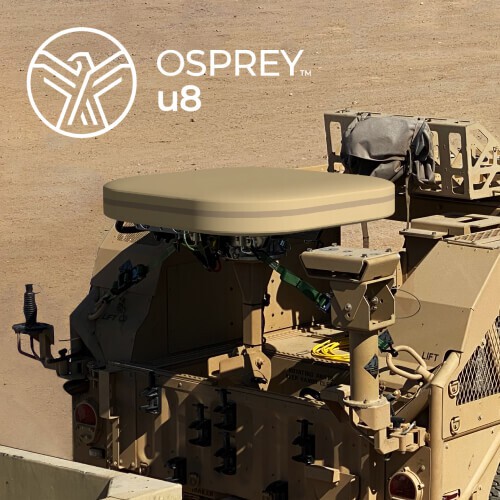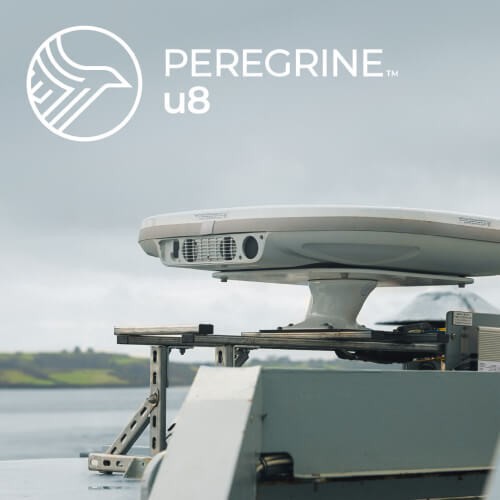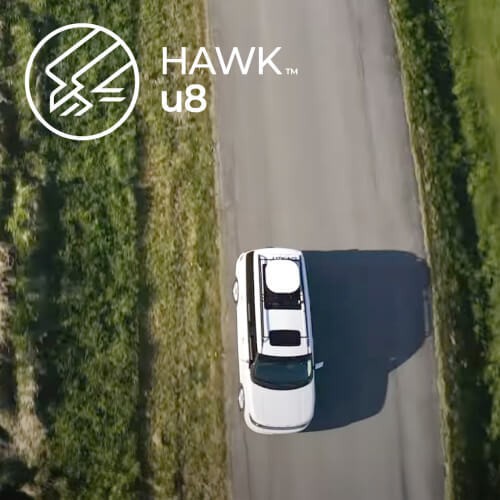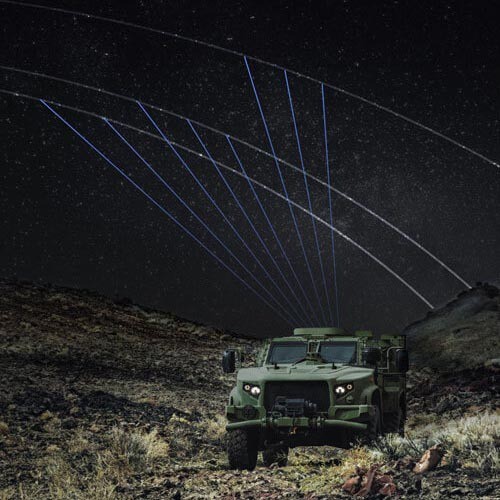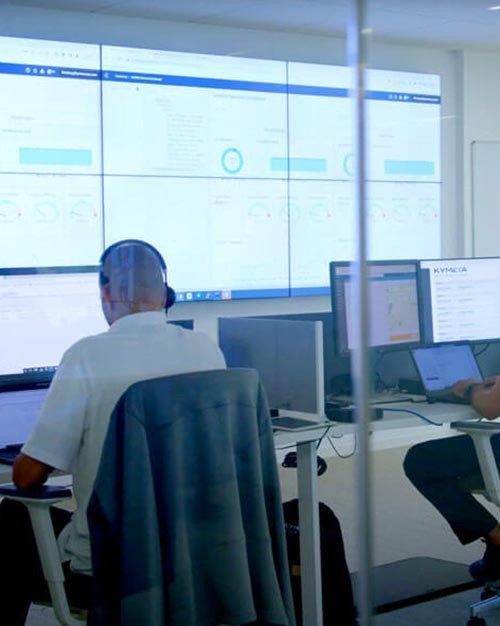
Usage and Performance
Goshawk Limited Availability Trial Survey
This will be the final survey for your Goshawk Limited Availability Trial Survey. Thank you for providing honest feedback documenting your experience. It is greatly appreciated.
By responding to this survey, you acknowledge that you are providing feedback that will be owned by Kymeta in accordance with the terms of the Pre-Production Equipment Evaluation Program Agreement. We will use the provided feedback internally as well as publicly. At the end of this survey, please complete the required testing.
Thank you for your submission!
Your submission has been received and will be processed shortly. If you have any questions, please do not hesitate to contact us.
Thank you again for your time!





